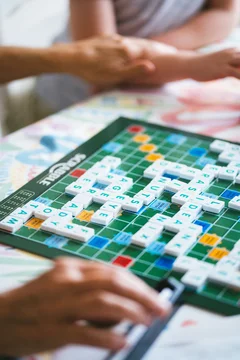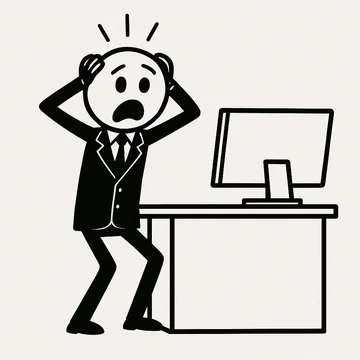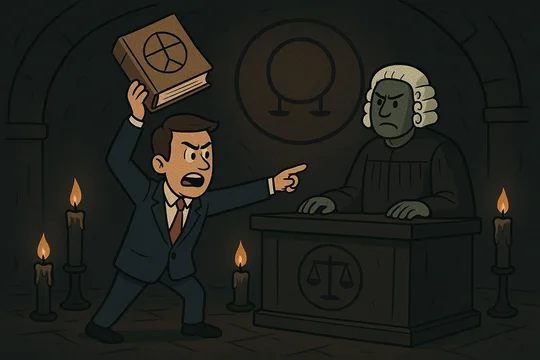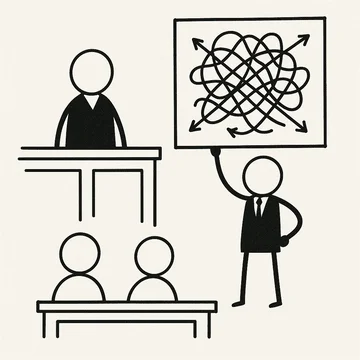
It has been a while since we have posted about them, but multiple D. Del. judges have held omnibus hearings to resolve multiple § 101 motions at once, called § 101 days.
Here is my co-blogger Nate's description of District of Delaware § 101 days from one of his posts a few years ago:
The 101 day has been the highlight of the Delaware patent law hearing calendar for many years now. It's an all-day no-holds-barred marathon where questions can come to any party at any time. And the best part is, you can look forward to a decision at the end of the day. It is our Super Bowl and our debutante ball all …








